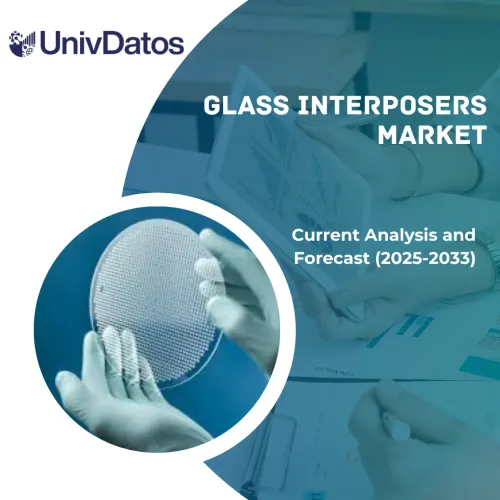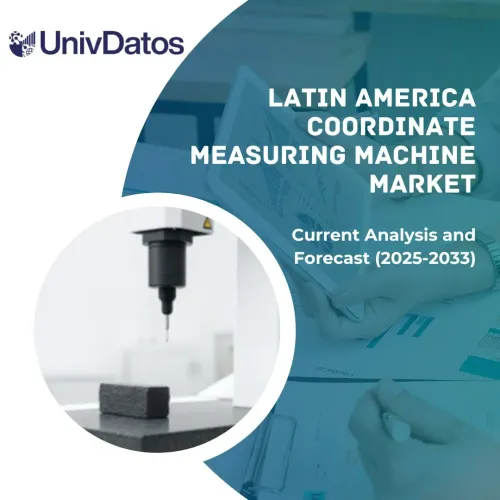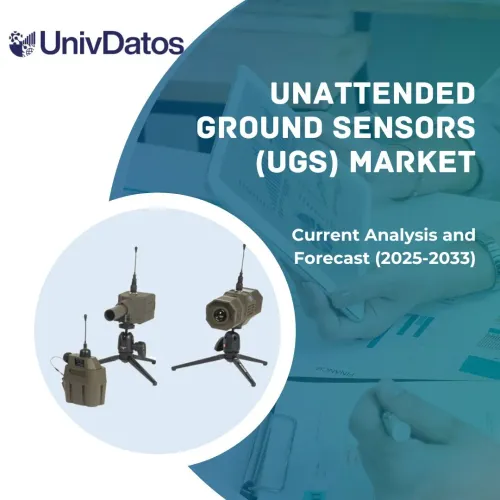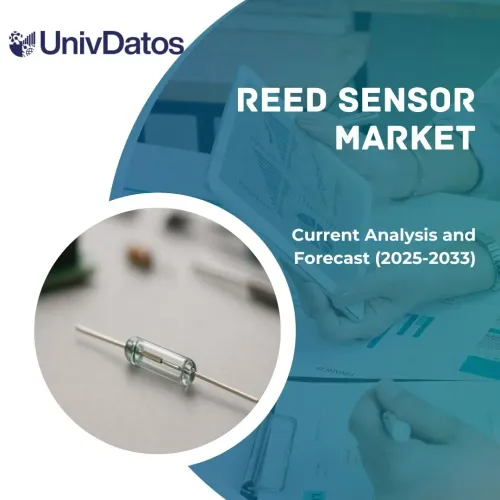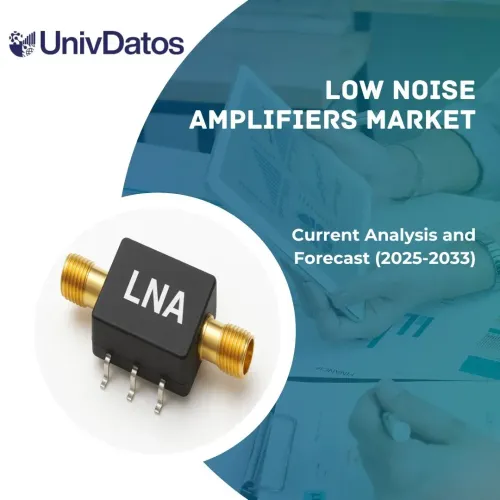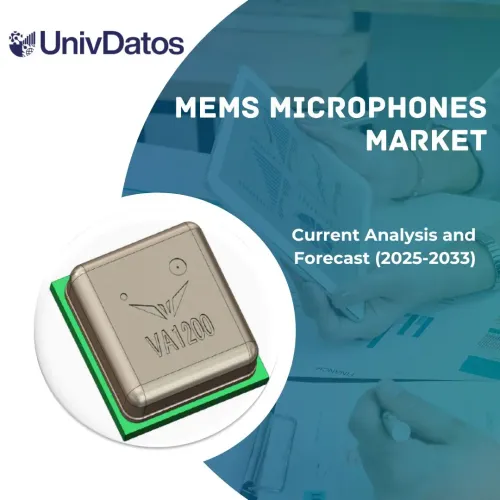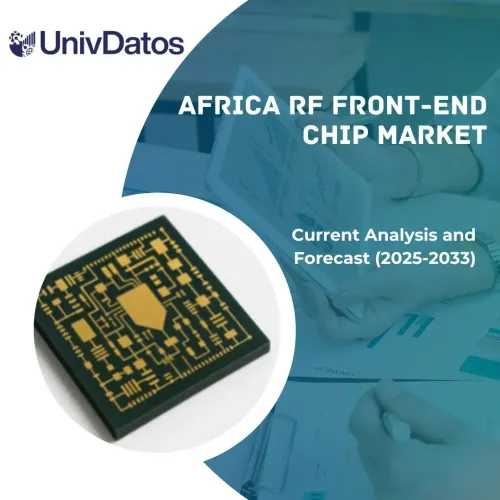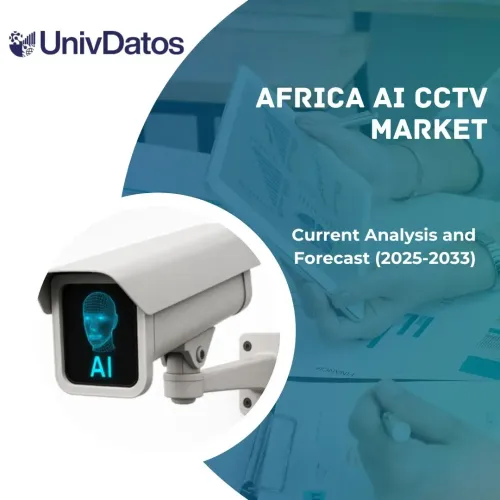- Home
- About Us
- Industry
- Services
- Reading
- Contact Us
High-Performance Computing (HPC) Chipset Market: Current Analysis and Forecast (2021-2027)
Emphasis on Type (CPU, GPU, FPGA, and ASIC); Application (AI and IT, Automotive, Banking, Healthcare, and Others); and Region and Country

The global HPC chipset market is likely to showcase a growth of around 20% during the forecast period. Key factors influencing the growth of the HPC chipset market are the growing usage of mobile around the world, the ability to process large volumes of data with speed and accuracy and allowing high-performance computing in the cloud sector. With the increasing internet and mobile penetration rate in most countries, the data generated all over the world is increasing. The world generated 14.6 quintillion bytes every day in 2021, this number is expected to rise exponentially every year. Most of this data needs to be processed and analyzed to build the most useful and state-of-the-art products and services. Additionally, the ability of high-performance computation chipsets is also encouraging governmental and private organizations to invest in the HPC Chipset market. Thus, creating tremendous opportunities for players in the HPC Chipset Market during the forecast period.
Insights Presented in the Report
“Amongst type, GPU category held prominent market share in 2020”
On the basis of Type, the HPC Chipset market is segmented into GPU, CPU, FPGA, and ASIC. Among these, the GPU segment is expected to witness strong growth during the forecast period. Empowering HPC Chipset in the cloud sector is the most prominent factor driving growth in the HPC Chipset market. Furthermore, A GPU is a computer chip that renders graphics and images by performing quick mathematical and logical calculations, GPUs are used for both professional and personal computing. Initially, GPUs were responsible for the rendering of 2D and 3D images, animations, games, and videos, but now they have a wider use range. Thus, HPC Chipset GPU(s) are preferred over CPU(s) due to their proven computation capabilities in simulation, gaming, 2D 3D graphics rendering, and machine learning.
“Amongst application, AI & IT category held prominent market share in 2020”
On the basis of application, the HPC chipset market is categorized into AI and IT, automotive, banking, healthcare, and others. Among these AI and IT segments held a significant share of the revenue in HPC chipset market in 2021 and will continue to grow at a steady rate during the forecast period. This is mainly due to the increasing demand for AI products and services. Furthermore, various industry players have increased their investments and are moving towards ai and big data-powered solutions and hence increasing the demand for HPC Chipset chipsets. For instance, The Ohio Supercomputer Center (OSC) is building out a new HPC Chipset cluster for AI applications based on Dell hardware with AMD Epyc processors and Nvidia GPU accelerators. Known as Ascend, the new HPC Chipset cluster is set to launch later in the year 2022 to support AI, machine learning, big data, and data analytics work at the OSC, which is known for public-private partnerships and industrial HPC Chipset.
“North America will dominate the market during the forecast period”
During the forecast period, North America is expected to have a higher CAGR due to ongoing digitalization and growing consumer inclination toward HPC chipset, which have fueled its demand. This has also forced developing countries like China and India to focus on HPC Chipset chipsets and deal with greater problems with the help of AI and data. Moreover, in the defense sector and aerospace, the companies are highly emphasizing increasing production with reducing the cost. In addition, the solutions of HPC Chipset allow companies to provide precise, quick, and accurate simulation by leveraging the design phase simulation, and physical testing cutting off. Furthermore, with the existence of key players in the market, including, HPE, NVIDIA IBM, Advanced Micro Devices Inc. (AMD), and Intel the demand for high-performance computing in the region is likely to experience significant growth.
Some of the major players operating in the market include AMD, Intel Corporation, Hewlett Packard Enterprise, Dell Technologies, International Business Machines Corporation, Lenovo (Beijing) Limited, Fujitsu Limited, Cisco Systems Inc., Nvidia Corporation, Taiwan Semiconductor Manufacturing Company Limited among others.
Reasons to buy this report:
- The study includes market sizing and forecasting analysis validated by authenticated key industry experts
- The report presents a quick review of overall industry performance at one glance
- The report covers an in-depth analysis of prominent industry peers with a primary focus on key business financials, product portfolio, expansion strategies, and recent developments
- Detailed examination of drivers, restraints, key trends, and opportunities prevailing in the industry
- The study comprehensively covers the market across different segments
- Deep dive country-level analysis of the industry
Customization Options:
The global HPC chipset market can further be customized as per the requirement or any other market segment. Besides this, UMI understands that you may have your own business needs, hence feel free to connect with us to get a report that completely suits your requirements.
Table of Content
Research Methodology for Global High-Performance Computing (HPC) Chipset Market Analysis (2019-2027)
Analyzing the historical market, estimating the current market, and forecasting the future market of HPC Chipset, three major steps are undertaken to create and analyze its adoption across the globe. Exhaustive secondary research was conducted to collect the historical market numbers and estimate the current market size. Secondly, to validate these insights, numerous findings and assumptions were taken into consideration. Moreover, exhaustive primary interviews were also conducted, with industry experts across the value chain of the HPC Chipset industry. Post assumption and validation of market numbers through primary interviews, we employed a bottom-up approach to forecast the complete market size. Thereafter, market breakdown and data triangulation methods were adopted to estimate and analyze the market size of segments and sub-segments of the industry pertains to. Detailed methodology is explained below:
Seek More Details About Research Methodology
Analysis of Historical Market Size
Step 1: In-Depth Study of Secondary Sources:
Detail secondary study was conducted to obtain the historical market size of HPC Chipset through company internal sources such as annual reports & financial statements, performance presentations, press releases, etc., and external sources including journals, news & articles, government publications, competitor publications, sector reports, third-party database, and other credible publications.
Step 2: Market Segmentation:
After obtaining the historical market size of the HPC Chipset market, we conducted a detailed secondary analysis to gather current market insights and share for different segments & sub-segments for major regions. The major segment is included in the report by type and application. Further regional and country-level analyses were conducted to evaluate the overall adoption of HPC Chipset globally.
Step 3: Factor Analysis:
After acquiring the historical market size of different segments and sub-segments, we conducted a detailed factor analysis to estimate the current market size of HPC Chipset. Further, we conducted factor analysis using dependent and independent variables such as the ability to process large amounts of data with speed and digitalization. A thorough analysis was conducted for demand and supply-side scenarios considering an increasing investment, top partnerships, mergers and acquisitions, business expansion, and product launches in the HPC Chipset industry.
Current Market Size Estimate & Forecast
Current Market Sizing: Based on actionable insights from the above 3 steps, we arrived at the current market size, key players in the global HPC Chipset market, and market shares of each segment. All the required percentage shares split, and market breakdowns were determined using the above-mentioned secondary approach and were verified through primary interviews.
Estimation & Forecasting: For market estimation and forecast, weights were assigned to different factors including drivers & trends, restraints, and opportunities available for the stakeholders. After analyzing these factors, relevant forecasting techniques i.e., the bottom-up approach were applied to arrive at the market forecast to 2027 for different segments and subsegments across the major regions globally. The research methodology adopted to estimate the market size encompasses:
- The industry’s market size, in terms of value (US$) and the adoption rate of HPC Chipset across the major markets
- All percentage shares, splits, and breakdowns of market segments and sub-segments
- Key players in the HPC Chipset market. Also, the growth strategies adopted by these players to compete in the fast-growing market.
Market Size and Share Validation
Primary Research: In-depth interviews were conducted with the Key Opinion Leaders (KOLs) including Top Level Executives (CXO/VPs, Sales Head, Marketing Head, Operational Head, Regional Head, Country Head, etc.) across major regions. Primary research findings were then summarized, and statistical analysis was performed to prove the stated hypothesis. Inputs from primary research were consolidated with secondary findings, hence turning information into actionable insights.
Split of Primary Participants by Stakeholders and Regions
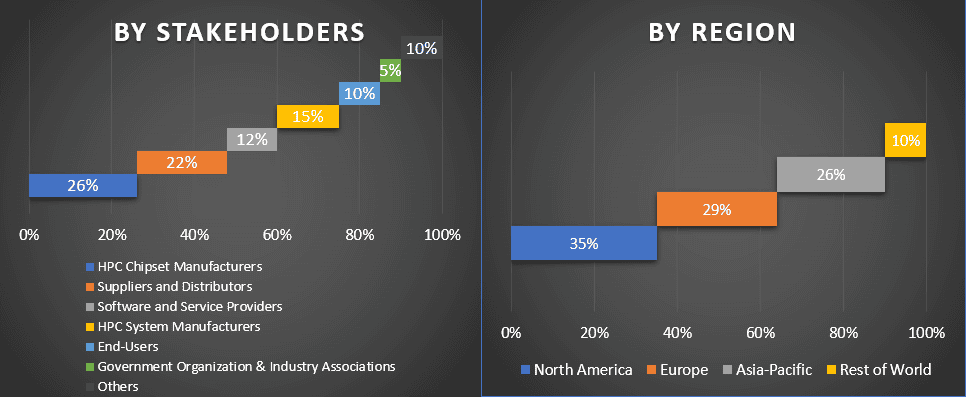
Market Engineering
The data triangulation technique was employed to complete the overall market estimation and to arrive at precise statistical numbers for each segment and sub-segment of the global HPC Chipset market. Data was split into several segments & sub-segments post studying various parameters and trends in the area of type and application.
The main objective of the HPC Chipset market study
The current & future market trends of global HPC Chipset were pinpointed in the study. Investors can gain strategic insights to base their discretion for investments on the qualitative and quantitative analysis performed in the study. Current and future market trends would determine the overall attractiveness of the market at a country level, providing a platform for the industrial participant to exploit the untapped market to benefit as a first-mover advantage. Other quantitative goals of the studies include:
- Analyze the current and forecast market size of HPC Chipset in terms of value (US$). Also, analyze the current and forecast market size of different segments and sub-segments
- Segment in the study include the area of type and application
- Defined analysis of the regulatory framework for the HPC Chipset industry
- Analyze the value chain involved with the presence of various intermediaries, along with analyzing customer and competitor behaviors of the industry
- Analyze the current and forecast market size of HPC Chipset for the major countries
- Major regions/countries analyzed in the report include North America (US, Canada, Rest of North America), Europe (Germany, UK, France, Italy, Spain, Rest of Europe), Asia-Pacific (China, Japan, India, Australia, Rest of Asia-Pacific), and Rest of World
- Company profiles of the HPC Chipset market players and the growth strategies adopted by them to sustain in the growing market
- Deep dive country-level analysis of the industry
Related Reports
Customers who bought this item also bought

